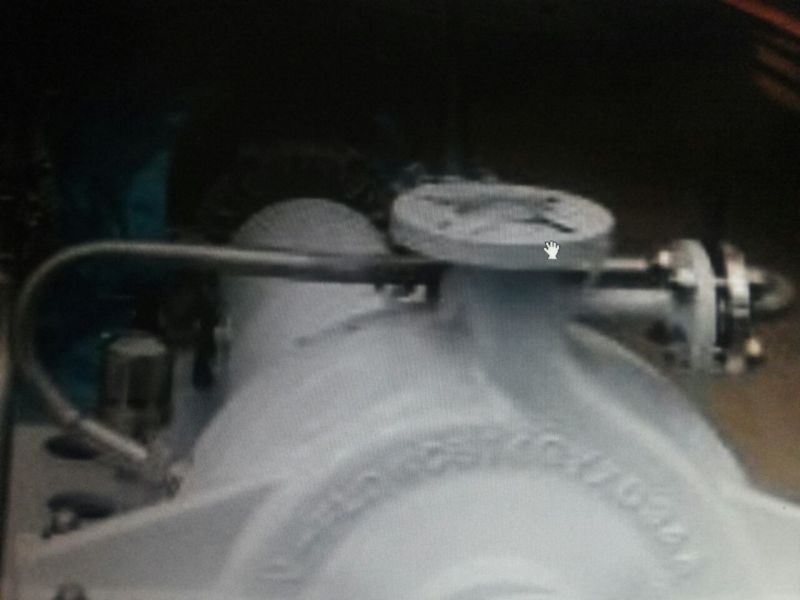rashaa
Mechanical
- Jan 17, 2014
- 13
Dear all
we have auxiliary piping for the pump seal plan
i don't have any related document,
how i can recognize that is pipe or tube?
the picture for two pump were attached.


we have auxiliary piping for the pump seal plan
i don't have any related document,
how i can recognize that is pipe or tube?
the picture for two pump were attached.


